12 Essential Tips for Caring for Your Aloe Plant
Aloe plants are a popular choice for both beginners and experienced gardeners. These plants offer numerous benefits and are easy to grow with the right knowledge. From soothing skin to being a low-maintenance houseplant, aloe is full of surprises. With a little attention, your aloe plant can thrive and provide useful remedies. Learning a few secrets can help you get the most from your aloe plant.
This post may contain affiliate links, which helps keep this content free. Please read our disclosure for more info.
Aloe Needs Plenty of Sun
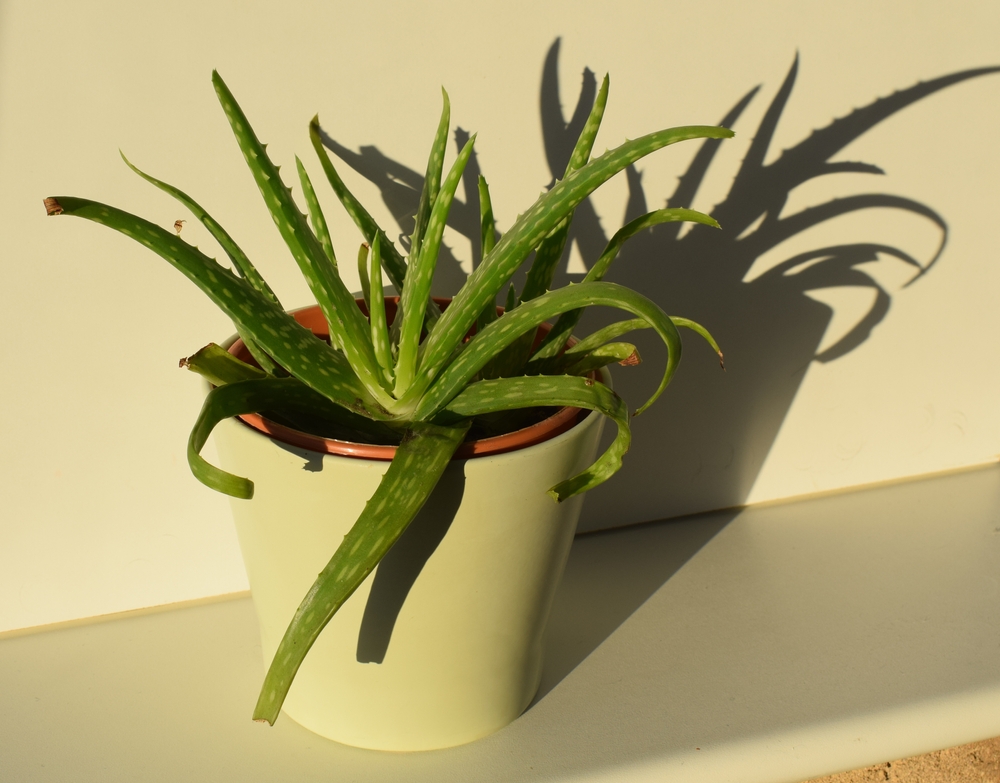
Aloe plants thrive in bright, indirect sunlight. They do best when placed near a sunny window, but they should not be exposed to direct sunlight for long periods, as this can burn their leaves. A few hours of sunlight each day will help them grow strong and healthy. If you notice your aloe plant stretching or becoming leggy, it might not be getting enough light.
While aloe plants can tolerate low light, they will not grow as well in these conditions. Be mindful of the seasons as well; during winter, the sun’s angle changes, so you may need to move your plant to a sunnier spot. Consistent sunlight will keep your aloe plant vibrant and thriving. Just avoid placing it in a spot where it will get too much heat or direct sun for extended periods.
Water Sparingly
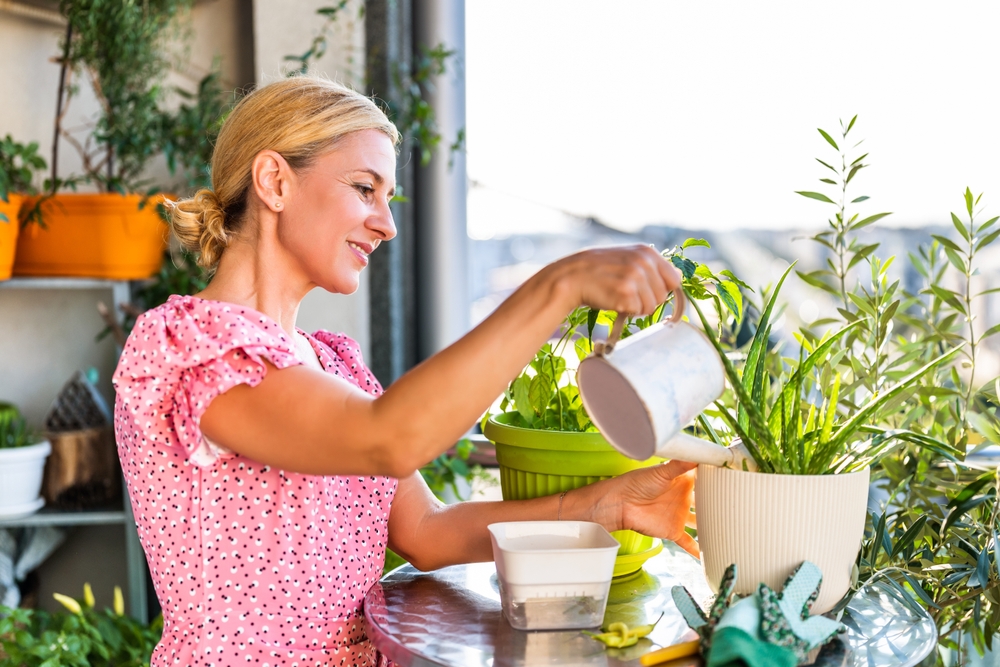
Aloe plants are succulents, which means they store water in their leaves. Overwatering can lead to root rot, a common problem for aloe plants. It is best to wait until the soil is completely dry before watering again. During the warmer months, you may need to water your aloe once every two to three weeks.
During the colder months, you can reduce watering, as the plant’s growth slows down. Always check the soil to make sure it is dry, as aloe plants are quite sensitive to excess moisture. If the leaves begin to yellow, it could be a sign of overwatering. Be cautious not to leave your plant sitting in water for long periods.
Use Well-Draining Soil

For aloe plants, the type of soil is crucial for their health. They require a well-draining mix to prevent root rot. It is best to use a cactus or succulent mix, or you can add sand or perlite to regular potting soil to improve drainage. This will allow excess water to drain away from the roots, keeping them healthy.
Avoid using heavy, moisture-retaining soils that do not allow air to circulate around the roots. Aloe plants prefer slightly sandy or gritty soil. If the soil does not drain well, the roots can become waterlogged, leading to fungal infections and rot. Ensure your pot has drainage holes to let the water escape.
Avoid Cold Temperatures
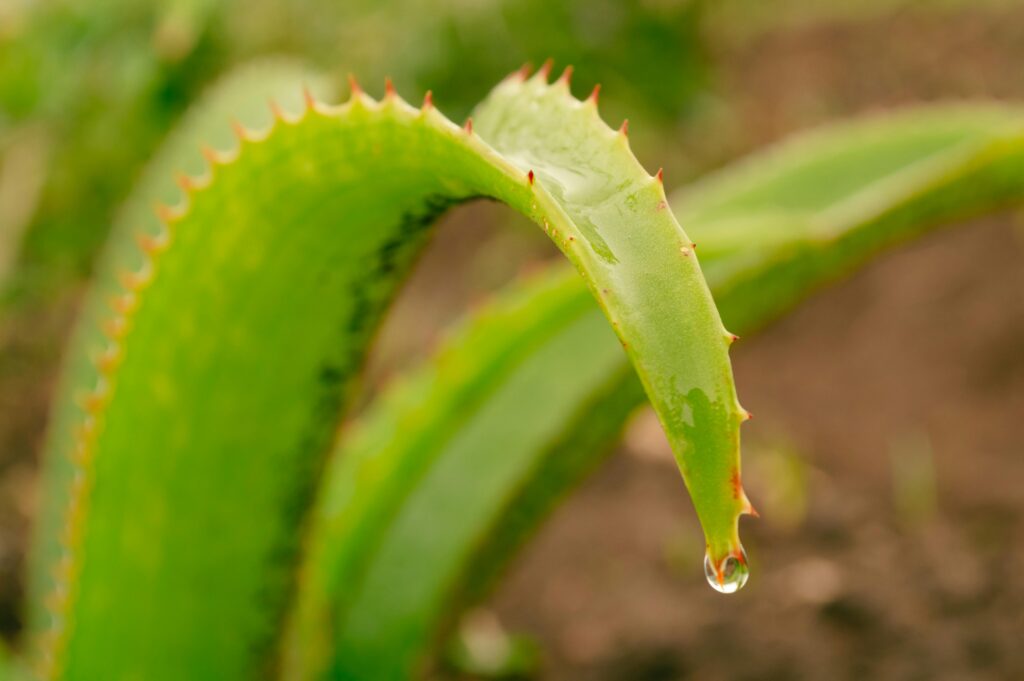
Aloe plants are sensitive to cold and should not be exposed to temperatures below 50 degrees F (10 degrees C). When the temperature drops, aloe leaves can become damaged or even die. It is best to keep your aloe plant indoors during the colder months, especially if you live in a region with frost. Cold air can slow the plant’s growth and cause stress.
If you want to keep your aloe plant outside, make sure it is brought indoors when the weather gets chilly. Aloe can tolerate brief periods of cooler temperatures, but long-term exposure to cold can harm it. A temperature range of 59 degrees F to 77 degrees F (15 degrees C to 25 degrees C) is ideal for aloe plants. Keep them away from drafts or direct exposure to air conditioning or heating vents.
Repot Your Aloe Plant When Needed
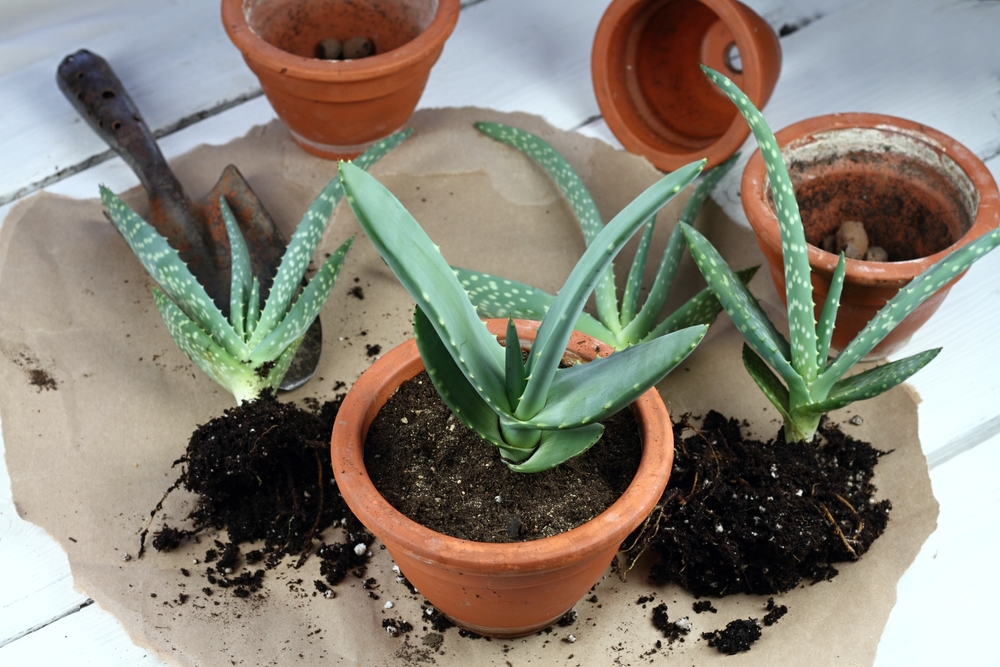
Aloe plants do well when they are a bit root-bound, but eventually, they will need more space. Repotting is necessary when the plant outgrows its container, typically every two to three years. Choose a pot that is just one size larger to give your aloe room to grow without too much extra space. Too much space can encourage overwatering and root rot.
When repotting, gently remove the aloe from its current pot, trim any dead roots, and place it in fresh, well-draining soil. This is also a good time to check the health of the roots. Aloe plants prefer pots that are shallow and wide rather than deep, as their roots spread out more than they grow downward.
Propagate Your Aloe Plant

Aloe plants can be easily propagated using their offshoots, also known as pups. These pups grow at the base of the plant and can be separated to grow into new plants. Simply remove the pup with a clean knife, ensuring that it has some roots attached, and plant it in its own pot with well-draining soil.
It is best to wait until the pup has grown large enough to be removed from the mother plant. After separation, allow the pup to dry out for a day or two before planting it to prevent any risk of rot. Aloe propagation is a simple and cost-effective way to grow more plants. Once planted, treat the new aloe as you would the original.
Aloe Can Be Used for Skin Care

Aloe gel is well known for its soothing properties, particularly for burns and cuts. You can easily extract fresh aloe gel from the leaves and apply it to irritated skin for relief. It also has moisturizing and anti-inflammatory effects, which is why it is commonly used in lotions and skin-care products. Keep in mind that the gel from mature leaves is typically more effective than from young leaves.
Before using fresh aloe gel, ensure the plant has not been exposed to chemicals or pesticides. Aloe can be applied directly to the skin to treat minor burns, acne, or insect bites. Just be cautious of any allergic reactions, as some individuals may have sensitivities. Fresh aloe is a natural and effective way to care for your skin.
Trim Dead or Damaged Leaves

It is important to regularly trim any yellow, brown, or damaged leaves from your aloe plant. Not only does this improve the plant’s appearance, but it also prevents rot from spreading. Use clean, sharp scissors or pruning shears to cut away any unhealthy parts, making sure not to damage the healthy leaves.
Trimming also encourages better air circulation around the plant, helping it stay healthy. Be careful not to cut too much off, as aloe plants rely on their leaves to store water. Only remove the leaves that show obvious signs of damage or decay. Regular pruning will help maintain a strong, healthy aloe plant.
Aloe Is Slow to Grow
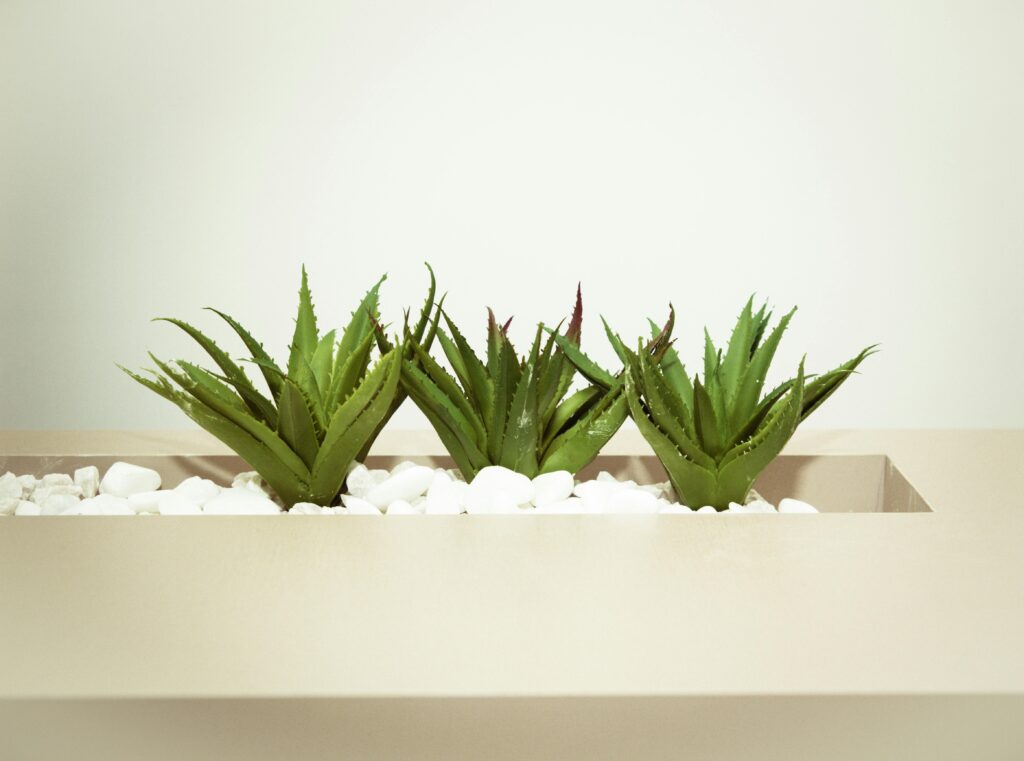
Aloe plants are slow growers, and it can take several years for them to reach their full size. However, they do not need frequent repotting or constant care, making them a low-maintenance plant. Aloe grows best when it is given time to establish roots and receive consistent sunlight. You may notice some new growth during warmer months, but do not expect rapid changes.
If you want to speed up the process, ensure the plant has plenty of sunlight and is not overwatered. Fertilizing is not necessary, but it can encourage growth during the active growing season. Aloe plants can grow steadily over time with the proper care. Patience is key when growing this beautiful and useful plant.
Aloe Plants Are Not Pet-Friendly
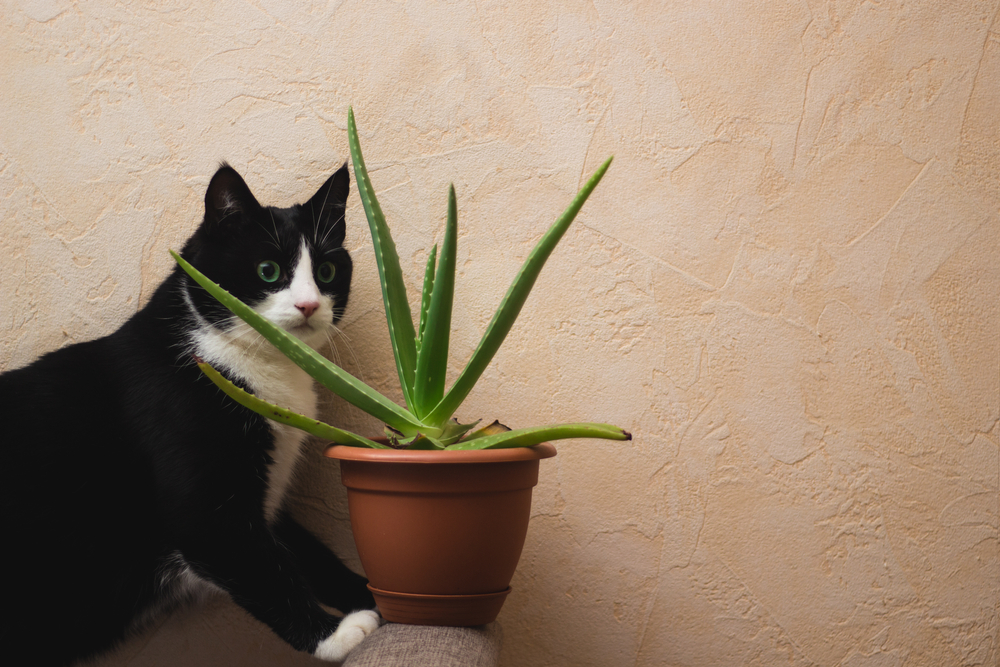
Although aloe plants are wonderful for humans, they are not safe for pets, particularly cats and dogs. The plant contains saponins and anthraquinones, compounds that can cause vomiting, diarrhea, or even more serious symptoms if ingested. If you have pets, place your aloe plant in an area where they cannot reach it.
It is important to keep pets away from any aloe plants, as they may be attracted to the plant’s leaves. If you suspect your pet has eaten any part of the aloe plant, contact your veterinarian immediately. Aloe is best kept in an area that is both safe from pets and away from children. Ensure its safety while still enjoying the plant’s benefits.
Aloe Prefers Dry Conditions

Aloe plants thrive in dry environments and do not need frequent watering. In fact, too much water is one of the quickest ways to harm your aloe. Allow the soil to dry out completely between waterings, and avoid misting the leaves. This plant is designed to store water in its leaves, so it can survive in dry conditions for long periods.
During the growing season, watering every two to three weeks is usually enough. In the winter, when the plant’s growth slows, you can reduce watering further. Aloe plants are well-suited for those who may forget to water regularly, as they do not require constant moisture. Just make sure not to let the plant sit in water for long periods, as this can cause root rot.
Aloe Can Be Toxic to Some Plants
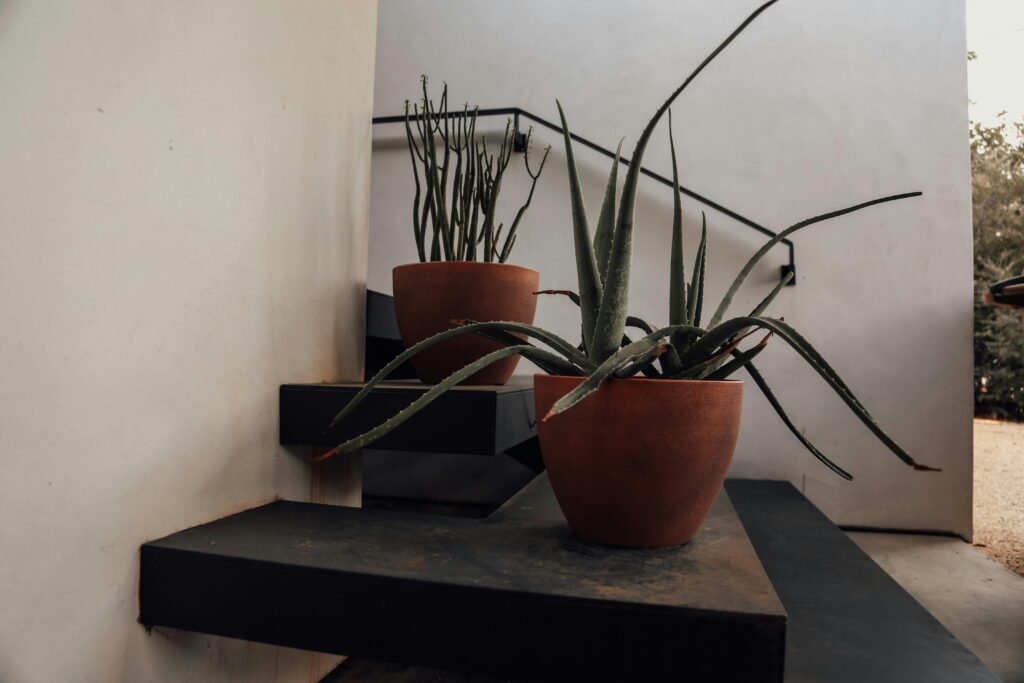
While aloe is hardy and grows well in many conditions, it can be harmful to other plants around it. Aloe tends to release a substance that can inhibit the growth of other nearby plants. If you plan on placing it in a shared pot or garden space, make sure the other plants are compatible with aloe’s growth habits.
It is best to keep aloe plants in their own pots, particularly when growing other succulents or plants nearby. Aloe plants thrive best on their own without competing for space or nutrients. Be mindful of where you place your aloe to ensure it does not negatively affect neighboring plants. Taking care of your aloe’s growing environment is important for the health of all your plants.
Caring for an aloe plant is straightforward and rewarding with the right knowledge. Enjoy the many benefits of having an aloe plant in your home, from health uses to its natural beauty.
This article originally appeared on Avocadu.
